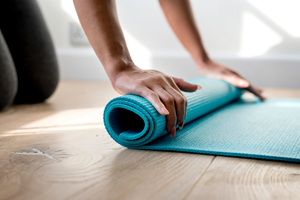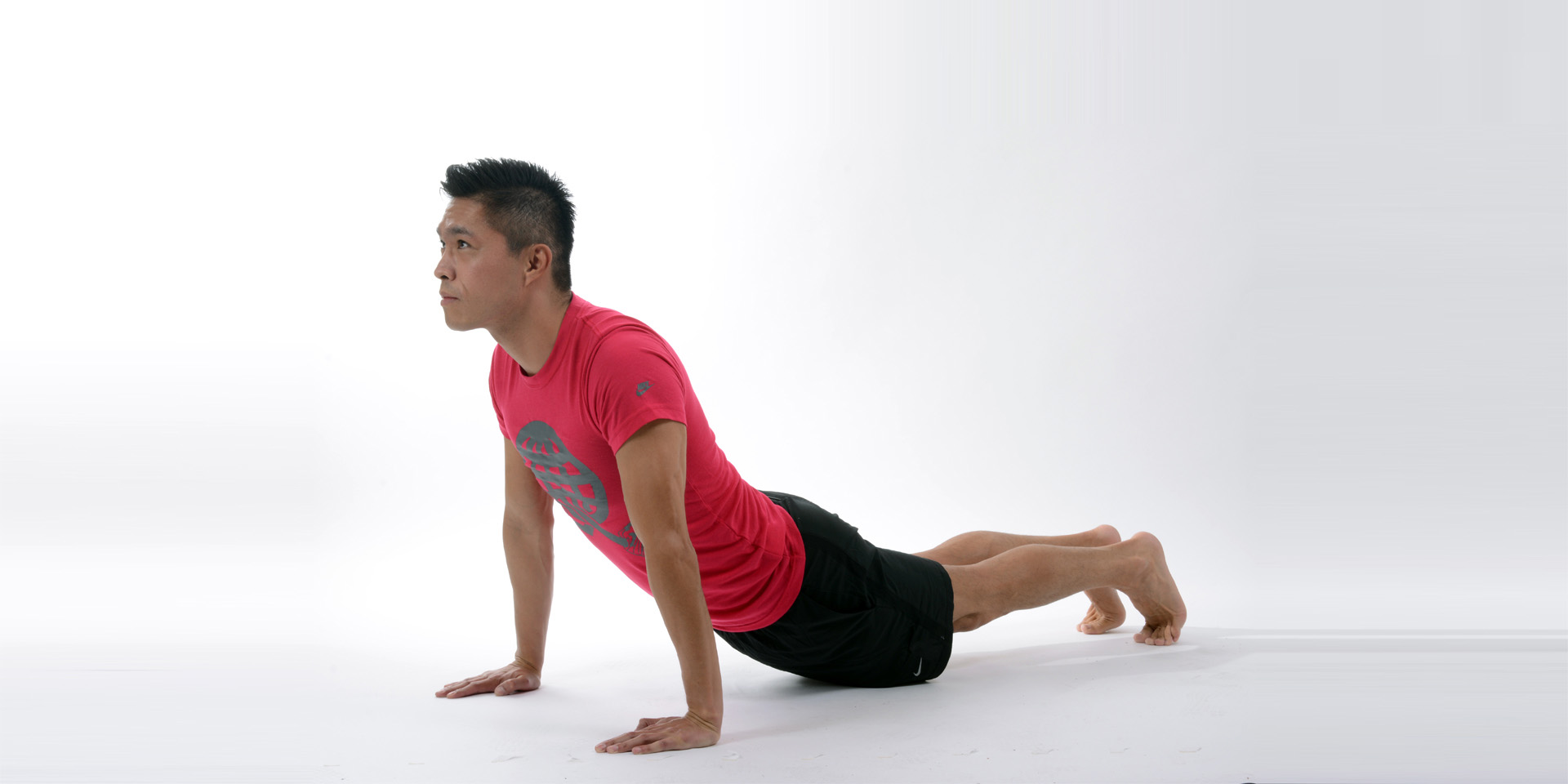A conversation with the body: using yoga to bypass the brain.
In its ancient Indian form, hatha yoga was the physical element of a much broader yogic lifestyle. For many practitioners in the western world today, yoga is only hatha: physical exercise to refresh, stretch and strengthen the body. Going to a yoga class is like going to an aerobics or pilates class, just perhaps slower, with more varied poses, and/or more demanding of flexibility, depending on the style of the class.
I don’t have a problem with students choosing to take only the physical element from the ancient discipline of yoga. It’s great if they want to explore the other aspects – they’ll probably find them interesting – but there’s no reason those aspects should speak to them just because they enjoy the postures. Sometimes they say ‘I feel some meaning is missing in my life, and I like yoga, so do you think the spiritual side of yoga is what I’m looking for?’ I reply ‘don’t count on it. That side of yoga comes from a culture very different from ours. Have you tried politics?’
That said, there’s an element of yoga for me that goes beyond just replicating the postures by following a teacher’s instructions. It’s the way yoga helps you develop a physical awareness that bypasses the brain. When yoga is really working, you’re feeling the poses from the inside, listening to what your body can tell you about them, rather than using the intellect to listen to the teacher, filter it through your own ideas, then impose it on the body from the outside. An awareness that stems from your own physicality allows you to tailor the pose to what your muscles, joints and ligaments need and avoid injury or strain. It’s a form of meditation, involving stilling the mind and focussing on something else, in this case sensations in the body. Like all meditation, it’s harder than it seems, the ability to access the state develops gradually, and some days it just doesn’t work.

There’s nothing to stop you approaching other forms of exercise in this way, but if you tried it in the average aerobics class you’d be working against, rather than with, the mood of the rest of the class. In a good yoga class, the teacher will help you direct your attention inwards. This happens even in a fast-paced yoga class, like an ashtanga class, most importantly through the focus on the breath. It’s more challenging than trying to do it in a slower-paced class. In my experience, most people in a general level ashtanga class are not really co-ordinating their movements with their breath – they’re too busy focussing on the movements – but it can come with time.
It’s easiest to find this instinctive way of doing yoga by practising on your own. In a class you can’t hold the pose for the amount of time your body tells you to, only for roughly as long as the rest of the class. You probably wouldn’t feel confident moving into an alternative counter-pose to the one suggested by the teacher, though some people do, and a sensible teacher encourages that. In yin-style classes, the long holds prompt you to explore how the pose is acting on your body and how your body is responding. However these classes are often characterised by a running commentary from the teacher: for many people this is not conducive to bypassing the brain.
Developing a self-practice requires experience, and is maybe best done alongside classes at which you also learn from the outside, via the brain. If you stay open to the concept of sensing rather than thinking your yoga, one day you’ll find yourself at a class and notice only part of you is acting on the teacher’s instructions. The other part is feeling the yoga, from the inside out. You can use this awareness off the mat too, for example to notice fluctuations in your health: you’ve opened a dialogue with the body. Getting to know your physical self can be a revelation, like meeting a friend who’s lived next door to you all along.



